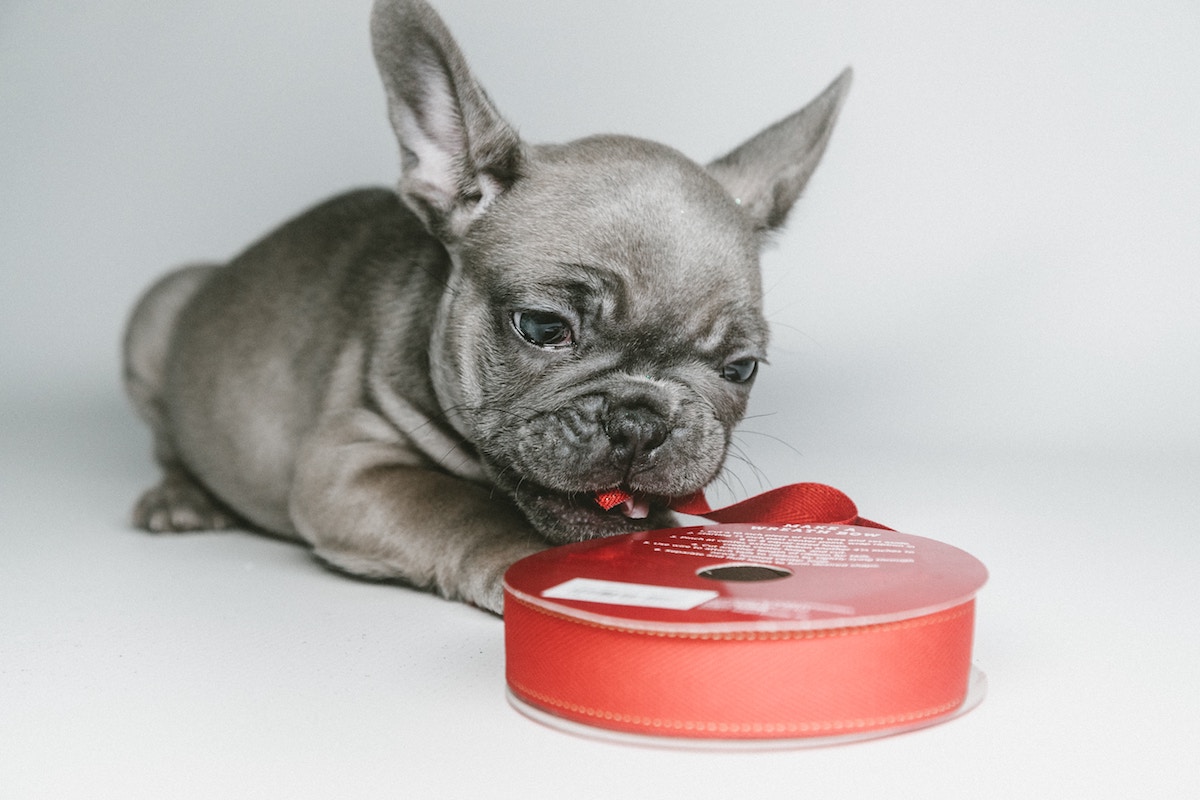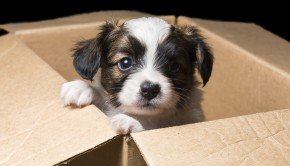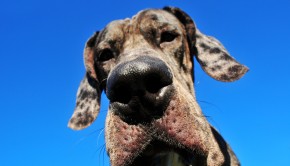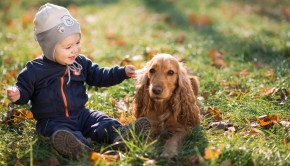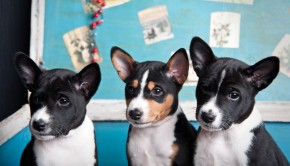What You Didn’t Know About Dog Food
Imagine you came across this… A big rendering plant factory with its compound filled with raw materials. These raw materials include heaps of body parts from deceased animals such as hooves and heads from sheep, pigs, cattle, horses, etc; whole rats and skunks, all waiting to be processed.
Looking at the heaps of deceased animals, they appear to have a life of their own since millions of worms throng all over the dead body parts.
The raw products are loaded into a 10 feet deep stainless-steel container. A gigantic auger underneath the pit container starts to turn. The sounds produced by squeezed flesh and popping bones are from the terrible dream you’ll hardly forget.
The raw animal materials are then cooked to get rid of fat and moisture and the process is known as rendering. These plants operate like a gigantic kitchen.
The chefs employed in these plants are tasked with blending the raw products to ensure a particular ratio of livestock carcasses, pets, rejects from supermarket and poultry waste.
After the mass has been cut into smaller pieces, it is shifted to another auger for finer shredding. Here the mass is cooked for about one hour at 280˚.
The nonstop mass cooking process goes on, continuously, 24 hours a day, seven days a week as flesh from the carcasses is dissolved in the hot soup.
During this vigorous cooking process, thick yellow grease or tallow is produced by the soup floats on the top and is skimmed off.
The cooked bones and meat from the second auger are transported to another chamber; the hammer-mill press. In this stage, any remaining moisture is removed and the product is pulverized into a gritty powder.
Shaker screens are then used to sieve out the large bone chips and excess hair. After the screening process, the final product is yellow tallow, bone and meat meal. This is the Unpleasant Side of Recycling.
You might be wondering what this nasty blend will be legally used for. Obviously not to make something suitable for eating, right?
Sadly, as awful as it is to believe, the end products (meat, bone and the yellow grease) of this gruesome process are sold as a source of fats and protein for making animal feeds.
You read it right, food that is meant to be fed to cattle, pigs, chicken, and dogs.
Each day, hundreds of such “recycling” plants across America transport thousands of kilograms of this recycled junk to farms, feedlots, ranches and manufacturers of pet food.
All the batches of the rendered products are labeled with respect to the principal animal source.
So, it is almost certain that all the ingredients made in this like-process will tend to have ambiguous names that do not identify the source animal.
For example:
-Meat by-product meal
-Animal by-product meal
-Animal fat
All are by-products of the same rendering process.
Lethal Waste and Euthanized Pets
In the recent past, this same system that converts waste material into animal feed has become a recycling nightmare; the main reason being that most of these rendering plants are processing toxic waste.
The remains of deceased animals come with a lot of unwanted contaminants. For instance, pesticides might get into the rendering process through tainted livestock. Fish oil is tainted with mercury and other contaminants usually heavy metals.
Dead pets are in many cases collected from their shelters and carelessly tossed into the grinder with their flea and GPS collars still attached to them. Skins of slaughtered cattle with insecticide-laced patches are also blended into the mix.
Antibiotics and other pharmaceutical substances follow livestock straight into the soup. Drugs administered in order to euthanize animals have been found in the products of the rendering process. The common sources of the undesired metal contaminants include ID tags, surgical pins, pet collars and needles. Plastics are also likely to get into the rendering process
Spoiled Meat from Groceries
Daily, spoiled meats from supermarkets as well as blemished poultry and fish are delivered to the truckload, with their original shrink wraps and Styrofoam trays. There is limited time for the tiresome task of unwrapping thousands of the rejected products from their individual packages. Pesticide patches, plastic cattle ID lags as well as green waste disposal bags that contain deceased pets from vet clinics and shelters are thrown into the cooking containers. What ends up in some dog food is basically what is termed as unfit for human consumption.
Poisonous for Humans and Good for Dog Food!
Below is a list of some of the unpleasant raw products already mentioned in the article, plus a few others. Even though the following ingredients are awful, they are legitimate sources of dog food:
-Bread and cereal rejects (stalks, cobs, mill sweepings)
-Waste from the slaughterhouse (heads, organs, feet, hooves, etc)
-Disabled, dying and dead farm animals
-Distiller fermentation waste
-Roadkill (rats, skunks, deer, etc)
-Deceased zoo animals
-Restaurant grease
-Spoiled food from supermarkets
-Spoiled grain middling
-Euthanized pet dogs and cats
The Key Point
By this time, it has become apparent that the industry dealing with manufacture of pet food is nothing short of a menacing disposal vehicle for manufacturers of human food, out to make profits from their own waste. It is very vital for every pet owner to be vigilant. Watch out for these doubtful ingredients by avoiding any product made using these dubious materials.
As a pet owner, ensure you buy products made by diligent manufacturers. These are companies that take pride in making quality and safe products that have been not only designed to improve the life of your pet but also aim to conserve the environment.
It is a no-brainer that you will be buying the best food for your pet.

